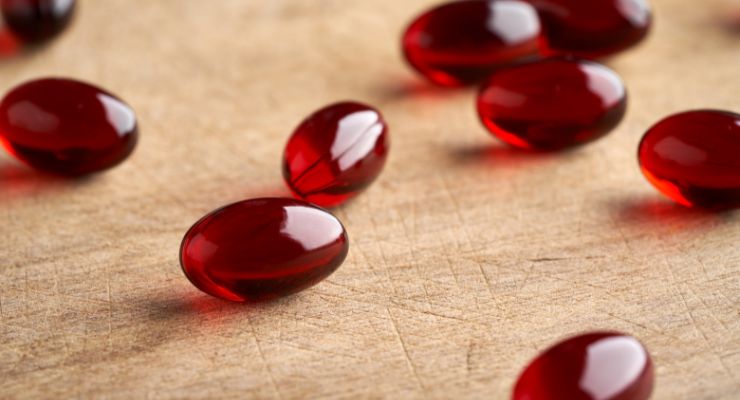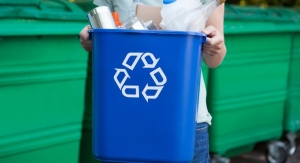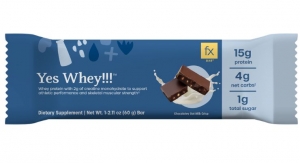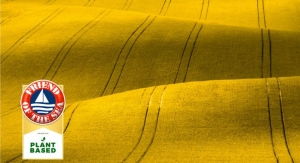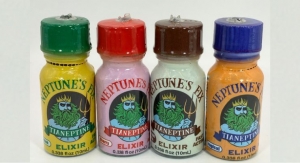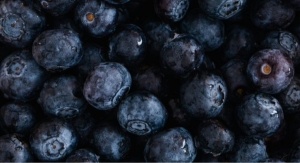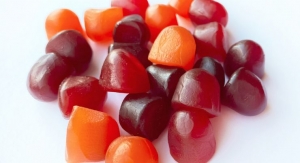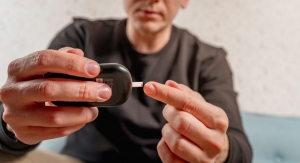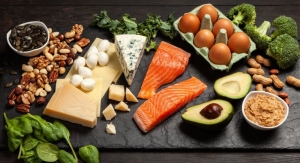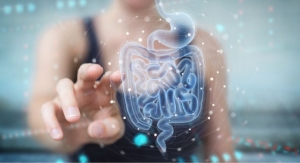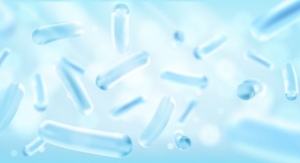08.21.23
Testing performed by supplement company NOW and by third-party lab Alkemist Labs found that quality issues were abound in astaxanthin products purchased on Walmart.com.
This is the 15th round of testing conducted by NOW since 2017, which the company started in order to demonstrate quality issues in suspicious products from lesser-known brands. Other recent rounds of tests covered products which either contained or claimed to contain glutathione, CoQ10 and SAMe, phosphatidylserine, bromelain, magnesium, andCoQ10 and quercetin.
In total, 14 of 22 samples failed potency testing, with 13 of the 14 failures containing less than one milligram of astaxanthin. Each of the 24 mg-claiming products failed very badly, with the only gummy product containing less than one percent of the claimed astaxanthin.
Obvious Signs
Aside from quality issues, clear labeling idiosyncracies were also present, NOW reported. Three products, for instance, claimed to contain an inordinately high 24 mg dose of astaxanthin, with prices that seemed too good to be true.
Astaxanthin is a reddish carotenoid antioxidant naturally derived from algae such as Haematococcus pluvialis, and it can also be made synthetically. Typically, astaxanthin is sold by producers at concentrations of one to 10%. A 10% oil would require 100 mg of astaxanthin algae in a sofgel in order to get the 10 mg label claim. Most astaxanthin is sold in a liquid, oil-soluble form, which is packaged in softgels.
NOW purchased two bottles of each product from 22 brands (including its own) on both Amazon.com and Walmart.com. It was obvious even before testing that many brands were mislabeling potency claims on the front label panel vs. the side panel. Two tests were performed to assess the quality of each brand: HPTLC and HPLC. HPTLC (high-performance thin-layer chromatography), was used for identification of astaxanthin as coming from Haematococcus pluvialis algae. HPLC (high-performance liquid chromatography) was used to quantify the amount of astaxanthin in tested products. NOW in-house labs tested astaxanthin by both techniques.
Externally, NOW sent one unopened bottle of each brand to Alkemist Labs to provide an independent report on the same products. HPTLC was performed by both NOW’s in-house lab and Alkemist Labs, an industry-leading botanical identification contract laboratory for identification of Astaxanthin.
According to NOW, brands were selected based on a number of qualifiers, such as being prominently featured on Amazon and Walmart’s online retail platforms and nowhere else. The company also tested lesser-known brands which have previously failed other testing rounds by NOW. For instance, aSquared brand failed seven different product tests and has the worst record for potencies tested among all brands. We Like Vitamins is another brand which failed six different tests, and each of this brand’s potencies were less than 33% of label claim.
About one third of brands tested were first-timers in NOW’s testing program. These included TerraVita, a brand which made a drastic label error by claiming that its dry capsules contained 450 mg of “astaxanthin algae.” Another product from We Like Vitamins had “Max Strength 10mg” but deceptively placed “10% potency yield” on the label of the product.
“NOW does this testing to publicly report which brandsare labeling accurately,” said Dan Richard, VP of global sales and marketing at NOW. “We welcome brands to communicate with NOW about these findings and openly share this information with all customers, industry trade groups, and FDA.”
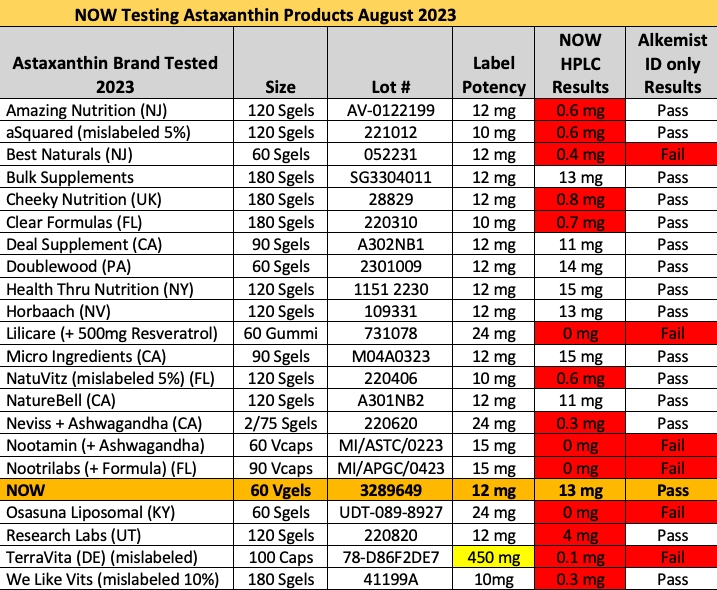
This is the 15th round of testing conducted by NOW since 2017, which the company started in order to demonstrate quality issues in suspicious products from lesser-known brands. Other recent rounds of tests covered products which either contained or claimed to contain glutathione, CoQ10 and SAMe, phosphatidylserine, bromelain, magnesium, andCoQ10 and quercetin.
In total, 14 of 22 samples failed potency testing, with 13 of the 14 failures containing less than one milligram of astaxanthin. Each of the 24 mg-claiming products failed very badly, with the only gummy product containing less than one percent of the claimed astaxanthin.
Obvious Signs
Aside from quality issues, clear labeling idiosyncracies were also present, NOW reported. Three products, for instance, claimed to contain an inordinately high 24 mg dose of astaxanthin, with prices that seemed too good to be true.
Astaxanthin is a reddish carotenoid antioxidant naturally derived from algae such as Haematococcus pluvialis, and it can also be made synthetically. Typically, astaxanthin is sold by producers at concentrations of one to 10%. A 10% oil would require 100 mg of astaxanthin algae in a sofgel in order to get the 10 mg label claim. Most astaxanthin is sold in a liquid, oil-soluble form, which is packaged in softgels.
NOW purchased two bottles of each product from 22 brands (including its own) on both Amazon.com and Walmart.com. It was obvious even before testing that many brands were mislabeling potency claims on the front label panel vs. the side panel. Two tests were performed to assess the quality of each brand: HPTLC and HPLC. HPTLC (high-performance thin-layer chromatography), was used for identification of astaxanthin as coming from Haematococcus pluvialis algae. HPLC (high-performance liquid chromatography) was used to quantify the amount of astaxanthin in tested products. NOW in-house labs tested astaxanthin by both techniques.
Externally, NOW sent one unopened bottle of each brand to Alkemist Labs to provide an independent report on the same products. HPTLC was performed by both NOW’s in-house lab and Alkemist Labs, an industry-leading botanical identification contract laboratory for identification of Astaxanthin.
According to NOW, brands were selected based on a number of qualifiers, such as being prominently featured on Amazon and Walmart’s online retail platforms and nowhere else. The company also tested lesser-known brands which have previously failed other testing rounds by NOW. For instance, aSquared brand failed seven different product tests and has the worst record for potencies tested among all brands. We Like Vitamins is another brand which failed six different tests, and each of this brand’s potencies were less than 33% of label claim.
About one third of brands tested were first-timers in NOW’s testing program. These included TerraVita, a brand which made a drastic label error by claiming that its dry capsules contained 450 mg of “astaxanthin algae.” Another product from We Like Vitamins had “Max Strength 10mg” but deceptively placed “10% potency yield” on the label of the product.
“NOW does this testing to publicly report which brandsare labeling accurately,” said Dan Richard, VP of global sales and marketing at NOW. “We welcome brands to communicate with NOW about these findings and openly share this information with all customers, industry trade groups, and FDA.”

